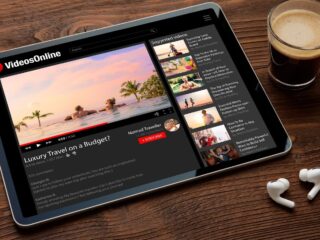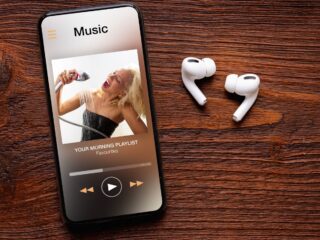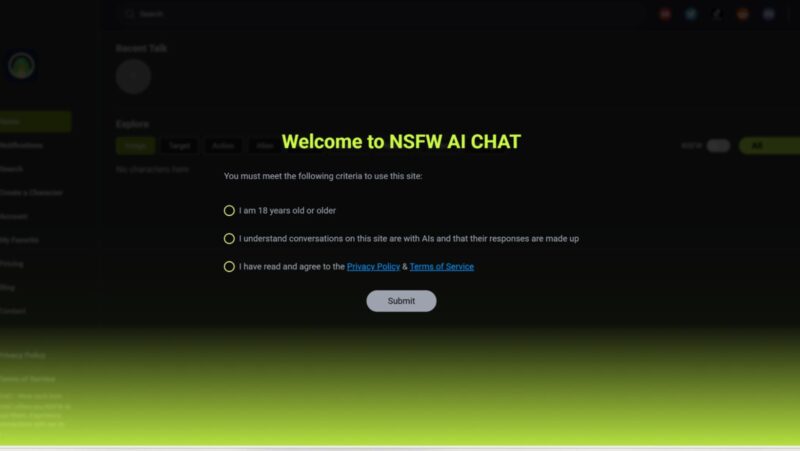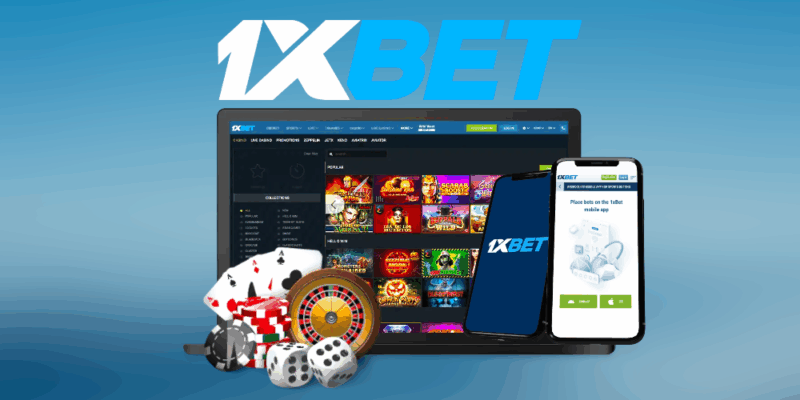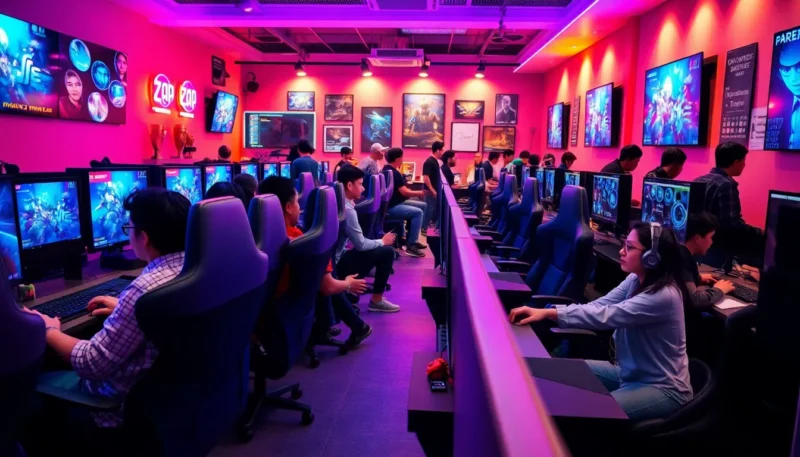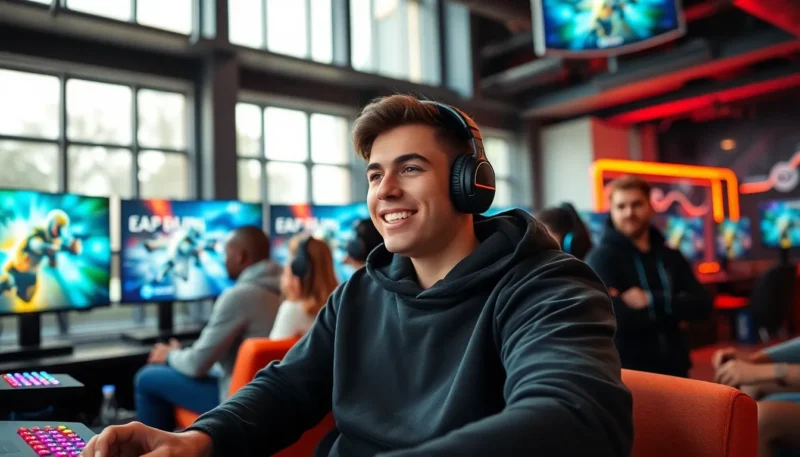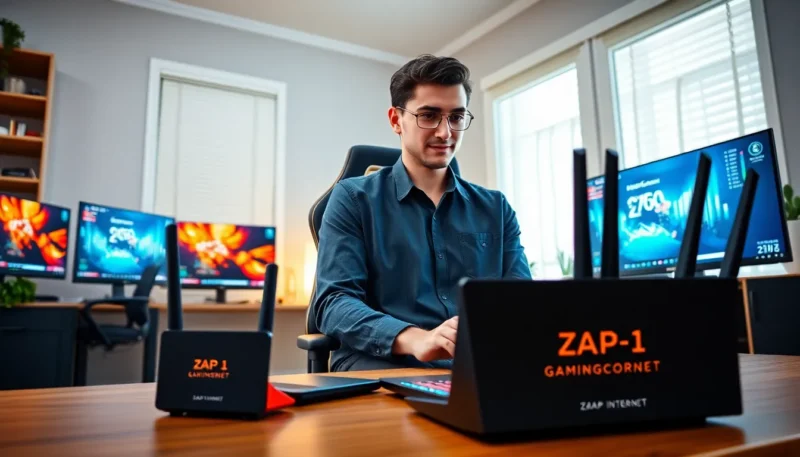
The Instagram engagement rate is the single most important metric for evaluating an influencer’s true value and audience health, far surpassing follower count. It measures how actively an audience interacts with an influencer’s content through likes, comments, shares, and saves. Checking an influencer’s engagement rate is essential for brands looking to maximize their influencer marketing ROI and for competitors analyzing market trends. A high rate indicates an authentic, invested audience, while a low rate often signals a large proportion of fake followers or low-quality content. Fortunately, calculating this crucial metric is straightforward, relying on simple formulas and easily accessible tools to provide a clear, data-driven assessment of an influencer’s performance.
Comprehensive Guide: Instagram Engagement Rate Metrics and Calculation Methods
This table outlines the key metrics, calculation formulas, and typical benchmarks associated with assessing an Instagram influencer’s performance.
| Metric | Definition | Calculation Formula | Typical Good Rate | Why It Matters |
| Engagement Rate (ER) | The percentage of followers who interact with a post. | $\frac{\text{Total Engagements (Likes + Comments)}}{\text{Follower Count}} \times 100$ | 2% – 5% | The universal standard for measuring audience authenticity and content effectiveness. |
| Reach Rate (ERR) | The percentage of unique users who saw a post and interacted with it. | $\frac{\text{Total Engagements}}{\text{Average Reach}} \times 100$ | 10% – 20% | More accurate for brands, as it focuses on actual reach rather than just followers. |
| Average Engagement | The average number of engagements per post over a period. | $\frac{\text{Total Engagements in a Period}}{\text{Number of Posts in a Period}}$ | Varies by Niche/Size | Helps track content performance consistency and identify top-performing content types. |
| Follower Quality Score | A qualitative assessment of follower authenticity. | (Usually determined by third-party tools analyzing follower demographics, activity, and growth) | >70% | Crucial for weeding out influencers with bought or ghost followers that skew the engagement rate formula. |
| Post Frequency | How often the influencer publishes new content. | $\frac{\text{Number of Posts}}{\text{Time Period (e.g., 30 days)}}$ | 5-7 posts per week | Indicates content consistency and helps determine if engagement is organic or driven by infrequent, high-effort posts. |
Understanding the Importance of Instagram Engagement Rate
In the dynamic world of digital marketing and social media, follower counts have become a vanity metric. What truly dictates an influencer’s ability to drive action and deliver results is their audience engagement. For a brand looking to invest in a partnership, ensuring that their message reaches an active audience is paramount.
Why Engagement Trumps Follower Count
- Authenticity: A high engagement rate is a strong indicator of an authentic audience. It suggests the influencer has built a genuine relationship with their followers, who are more likely to trust their recommendations.
- Algorithm Power: The Instagram algorithm prioritizes content that receives high engagement quickly. Higher engagement leads to increased visibility (Reach and Impressions), effectively making the influencer’s content more discoverable to their followers and potentially new users.
- ROI Measurement: Using the engagement rate calculator provides a quantifiable metric (a strong key performance indicator or KPI) that directly correlates with potential campaign performance and subsequent marketing effectiveness.
The Problem with Low Engagement Rates
A low influencer engagement rate is a major red flag, even if the influencer has millions of followers. This often points to:
- Fake Followers: Purchased followers who never interact with content.
- Ghost Followers: Real accounts that have become inactive or rarely use the app.
- Content Saturation/Irrelevance: The content is not resonating with the existing audience.
Brands must scrutinize the engagement to avoid wasting their marketing budget on influencers whose large audience is essentially dormant.
Step-by-Step Guide: How to Manually Calculate the Engagement Rate
While many automated engagement rate tools exist, understanding the manual calculation offers transparency and allows you to verify tool outputs.
The most common and simple formula is the Engagement Rate by Followers (ER).
1. Collect the Necessary Data Points
To calculate the ER for a single post or a series of posts, you need three pieces of data:
- Total Likes: The number of ‘hearts’ or likes on the post.
- Total Comments: The number of comments on the post.
- Follower Count: The number of followers the influencer has at the time of posting.
2. Determine the Average Engagement
To get a reliable average engagement rate, you should calculate the ER for the last 9 to 12 posts. This mitigates the impact of single viral posts or underperforming posts.
- Step A: For each post, calculate the Total Engagement:
$$\text{Total Engagement} = \text{Likes} + \text{Comments}$$ - Step B: Calculate the Average Total Engagement across the selected posts:
$$\text{Average Total Engagement} = \frac{\sum \text{Total Engagement for Each Post}}{\text{Number of Posts Analyzed}}$$
3. Apply the Engagement Rate Formula
Now, use the average engagement and the current follower count to find the overall Instagram engagement percentage:
$$\text{Engagement Rate} = \frac{\text{Average Total Engagement}}{\text{Follower Count}} \times 100$$
Example: An influencer with 10,000 followers has an average of 400 likes and 50 comments on their last 10 posts.
- Average Total Engagement: $400 + 50 = 450$
- Engagement Rate: $\frac{450}{10,000} \times 100 = 4.5\%$
A $4.5\%$ engagement rate is generally considered good/excellent for a micro-influencer of this size.
Using Automated and Third-Party Engagement Rate Tools
Manually calculating the rate for dozens of influencers is time-consuming. Influencer marketing platforms and specialized tools provide quick, accurate, and in-depth analysis.
Top Tools for Checking Engagement Rate
| Tool Name | Key Feature | Advantage for Brands |
| HypeAuditor | Advanced Audience Demographics and Quality Score. | Identifies fraudulent activity and ensures the audience matches the brand’s target demographic. |
| Phlanx | Free online ER calculator. | Quick and easy way to check the ER for any profile instantly. |
| Social Blade | Historical data and daily/weekly follower fluctuation tracking. | Helps detect sudden, unnatural spikes or drops in followers (a sign of buying/culling). |
| Upfluence/Klear | Full Influencer Relationship Management (IRM) suite. | Streamlines the entire influencer discovery and campaign management process. |
How Automated Tools Work
These tools utilize APIs (Application Programming Interfaces) to scrape publicly available data (likes and comments) and often estimate the influencer’s true reach or unique impressions. Crucially, they also analyze the composition of the influencer’s follower list, looking for patterns indicative of bots or inauthentic engagement, and calculate a Follower Quality Score. This score is often a much better indicator than the raw engagement rate alone.
Benchmark Engagement Rates by Follower Size and Niche
What constitutes a “good” engagement rate is relative. It often decreases as the follower count increases, and it varies significantly across different content categories (niches). Understanding these industry benchmarks is vital for effective influencer vetting.
General Benchmarks by Follower Tier (Micro vs. Macro)
| Influencer Tier | Follower Count | Typical Good ER Range | Reason for Variance |
| Nano-Influencer | 1,000 – 10,000 | 4.0% – 8.0% | Deep, personal connection with followers; high trust. |
| Micro-Influencer | 10,000 – 50,000 | 3.0% – 5.0% | Still maintains high relevance, but audience is growing. |
| Mid-Tier Influencer | 50,000 – 500,000 | 2.0% – 3.0% | Mass audience begins to dilute the personal connection. |
| Macro/Celebrity | 500,000+ | 1.0% – 2.0% | Content is often seen as promotional; engagement is naturally lower due to scale. |
The Impact of Niche on Engagement
Certain niches, like Travel or Fashion, tend to have slightly lower ERs due to high content volume and competition, while niches like Fitness or Personal Finance often see higher rates because the content is highly actionable and provides direct value, encouraging more comments and saves.
- High Engagement Niches: Educational content, highly specific niche interests (e.g., specialized gaming, vintage collecting).
- Lower Engagement Niches: Mass-market lifestyle, celebrity gossip, broad fashion.
Advanced Vetting: Identifying Fake Engagement and Bots
An influencer can have a seemingly high engagement rate yet still be a poor investment if their engagement is manufactured. Smart marketers must look deeper than the final percentage. This crucial step is often called fraud detection.
Key Signals of Inauthentic Engagement
- Comment Analysis:
- Generic Comments: Look for one-word or overly generalized comments like “Great post!” or fire/heart emojis from a large number of accounts.
- Irrelevant Comments: Comments that clearly have nothing to do with the post’s content, often from non-English speaking accounts if the influencer is English-focused.
- Engagement Pods: Identical comments posted simultaneously on multiple posts.
- Like-to-Comment Ratio Skew:
- If a post has 1,000 likes but only 2 or 3 comments, this is highly suspicious. Organic engagement usually produces a more balanced ratio. A healthy ratio typically sees a comment count that is 5-10% of the like count.
- Follower Growth Spikes:
- Check their follower history (using a tool like Social Blade). An unnatural, sudden spike of 10,000+ followers in a single day is a strong indicator of a mass follower purchase. Natural growth is typically linear and consistent.
- Follower Profile Scrutiny:
- A significant percentage of followers who have no profile picture, no posts, and follow thousands of other accounts are likely fake accounts or bots.
By performing this due diligence, brands can ensure that the calculated Instagram influencer engagement rate reflects genuine human interaction and not a fabricated metric. This attention to detail is the difference between a successful collaborative marketing effort and a wasted investment. The key is to look for quality engagement over simple quantity.
The Next Step: Leveraging the Engagement Rate for Campaign Success
Once you have accurately checked and benchmarked an influencer’s Instagram engagement rate, you can use this data to make informed business decisions. This quantitative data should be the cornerstone of your influencer selection process.
- Negotiation Power: Use the engagement rate to determine a fair price for the influencer’s sponsored content. A low rate, regardless of follower size, means the brand should not pay a premium.
- Content Strategy: Analyze which content types (Reels, Carousels, Stories, static posts) yield the highest average engagement. Partner with the influencer to replicate those successful formats for the brand campaign.
- Predictive Modeling: The ER can be used to roughly predict the expected performance (likes, comments, reach) of your sponsored post, allowing for better campaign forecasting and setting realistic influencer marketing goals.
By focusing on the true engagement rate and employing rigorous influencer vetting techniques, brands can move beyond the surface-level attraction of high follower counts and secure truly valuable, performance-driven partnerships.
Would you like me to find a specific influencer marketing platform or engagement rate calculator that you can use, or perhaps elaborate on the best practices for improving an influencer’s existing social media strategy?


